( English version at the bottom of the page )
Le 26 février 1946, l'OKB-134 fut chargé de concevoir et de construire un bombardier équipé de quatre turboréacteurs Lyul'ka TR-1 A ou six RD-10 .
Les travaux ont débuté le 24 avril 1946; de nombreuses configurations différentes ont été étudiées avant que la conception ne soit gelée .
Les arrangements alternatifs en matière de propulsion ont été constamment étudiés .
Le Su-10 était un bombardier à réaction multimoteur avec un équipage de quatre personnes minimum : pilote , navigateur , viseur de bombe ( généralement le commandant de l'avion ) ,
un mitrailleur , opérateur radio, mitrailleur , observateur . Des sièges d’éjection étaient prévus pour le pilote , le navigateur et l’opérateur radio .
Le mitrailleur de queue s’échappe après le largage de la barbette de queue .
La structure de l'avion était entièrement en métal , semi-monocoque .
Montées à environ la moitié de l’envergure , les nacelles du moteur ont été conçues de manière à nuire le moins possible à l’aérodynamique des ailes .
Les moteurs étaient disposés par paires verticalement échelonnées . La construction de bancs d'essai et d'un fuselage d'essais statiques a été réalisée tout au long
de 1947 et le dispositif de propulsion final a été réglé par une directive du Conseil des ministres du 11 mars 1947 , appelant au développement et à la construction
d'un bombardier moyen propulsé par quatre turboréacteurs . Pour faciliter le décollage , le Su-10 pourrait également utiliser quatre boosters JATO installés sur les
côtés inférieurs du fuselage . Le premier prototype était terminé et prêt pour les essais en vol lorsque le marteau est tombé , sous prétexte d'économiser sur la
recherche et le développement dans l'ensemble du secteur de l'aviation , de nombreux OKB de petite taille , à faible rendement ou politiquement défavorisés ont été fermés .
Vitesse et maniabilité conforme a l'avion réel . Compenser au palonnier pendant le roulage .
Décollage avec volets a fond et un demi cran de trim .
Commandes :
Touche 1 : Moteurs gauches .
Touche 2 : Moteurs droits .
Touche 3 : Feux de positions .
Touche 4 : feux d'atterissage .
Touche 5 + vtol bas : aérofreins
Touche 6 : Déverrouillage mitrailleuses .
Trim : trim
English version :
On February 26, 1946, the OKB-134 was commissioned to design and build a bomber equipped with four Lyul'ka TR-1 A or six RD-10 turbojets.
The work began on April 24, 1946; many different configurations were studied before the design was frozen.
Alternative arrangements for propulsion have been constantly studied.
The Su-10 was a multi-engine jet bomber with a minimum crew of four: pilot, navigator, bomb sight (usually the aircraft commander),
a gunner, radio operator, gunner, observer. Ejection seats were provided for the pilot, the navigator and the radio operator.
The tail gunner escapes after the drop of the tail barbette.
The structure of the aircraft was entirely made of metal, semi-monocoque.
Mounted at approximately half the span, the engine nacelles were designed to minimize the aerodynamics of the wings.
The motors were arranged in vertically staggered pairs. The construction of test benches and a static test fuselage was carried out throughout
of 1947 and the final propulsion device was regulated by a directive of the Council of Ministers of March 11, 1947, calling for the development and construction
a medium bomber powered by four turbojets. To facilitate take-off, the Su-10 could also use four JATO boosters installed on
lower sides of the fuselage. The first prototype was finished and ready for flight tests when the hammer fell, under the pretext of saving on the
research and development across the aviation sector, many small, low-performing or politically disadvantaged OKBs have been closed.
Speed ??and maneuverability according to the actual plane. Compensate for the rudder during taxi .
Takeoff with shutters at the bottom and half a step of trim .
Orders :
Key 1: Left motors.
Key 2: Right motors.
Key 3: Position lights.
Key 4: landing lights.
Button 5 + vtol low: airbrakes
Key 6: Unlocking machine guns.
Trim: trim
Specifications
General Characteristics
- Predecessor Myasishchev M50 Bounder Ver 2 Exposé a Monino
- Successors 1 airplane(s)
- Created On Windows
- Wingspan 57.3ft (17.5m)
- Length 46.2ft (14.1m)
- Height 14.5ft (4.4m)
- Empty Weight 22,682lbs (10,288kg)
- Loaded Weight 35,839lbs (16,256kg)
Performance
- Power/Weight Ratio 1.818
- Wing Loading 91.7lbs/ft2 (447.5kg/m2)
- Wing Area 391.0ft2 (36.3m2)
- Drag Points 8109
Parts
- Number of Parts 139
- Control Surfaces 7
- Performance Cost 576

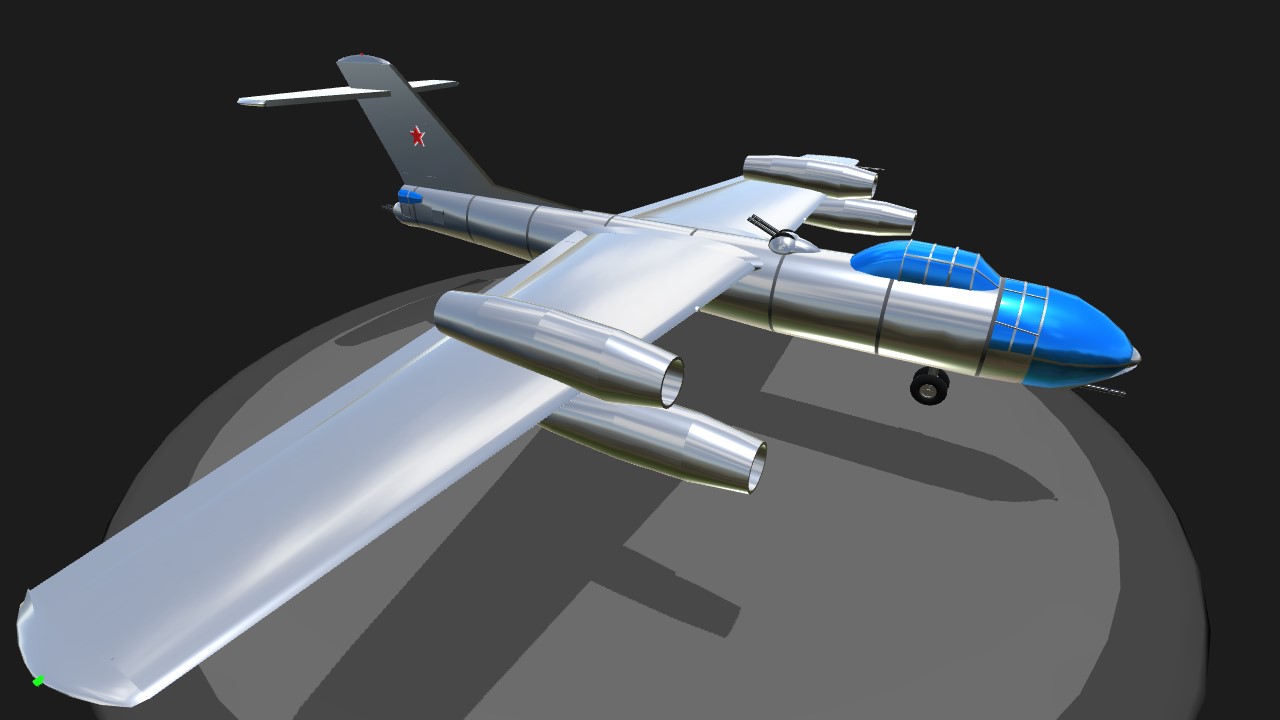
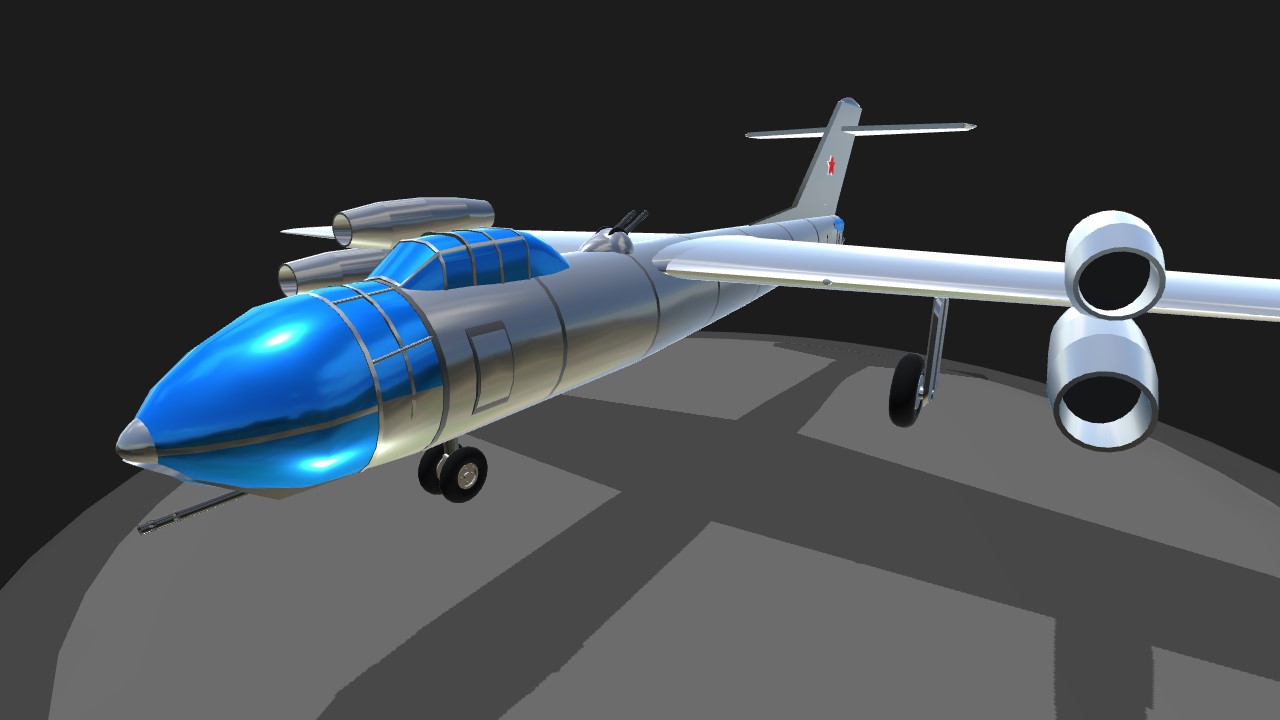
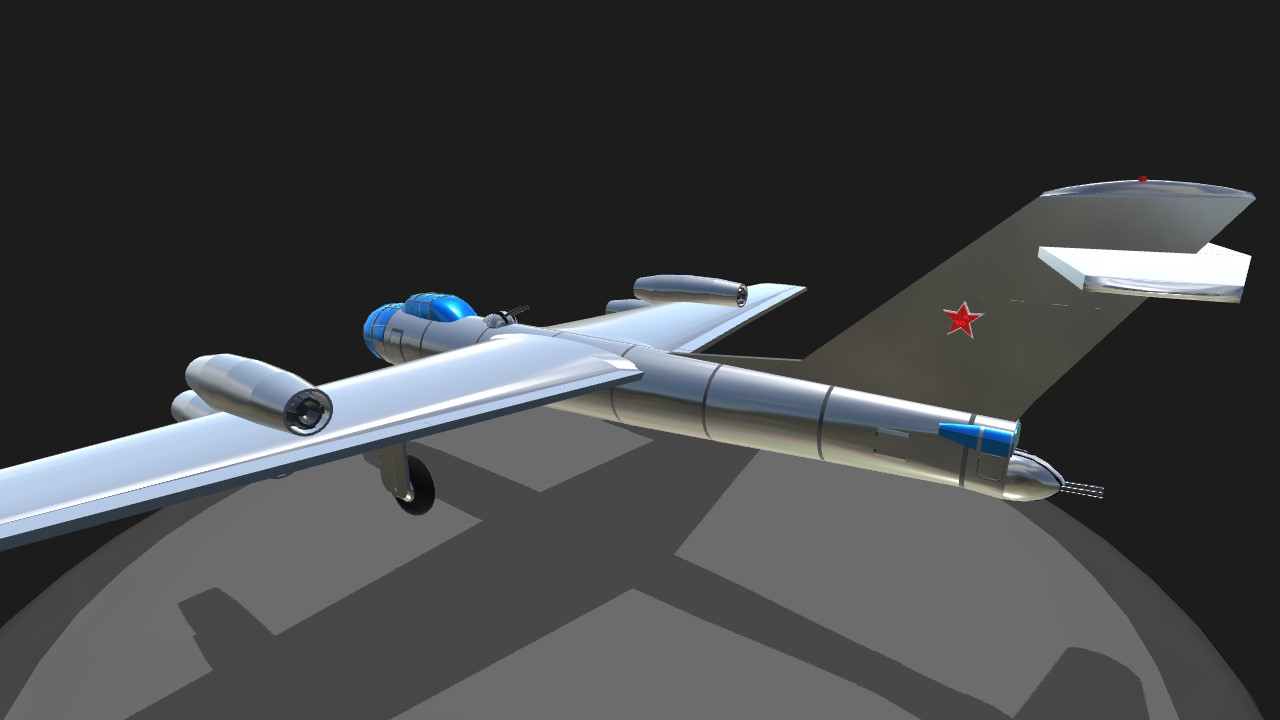
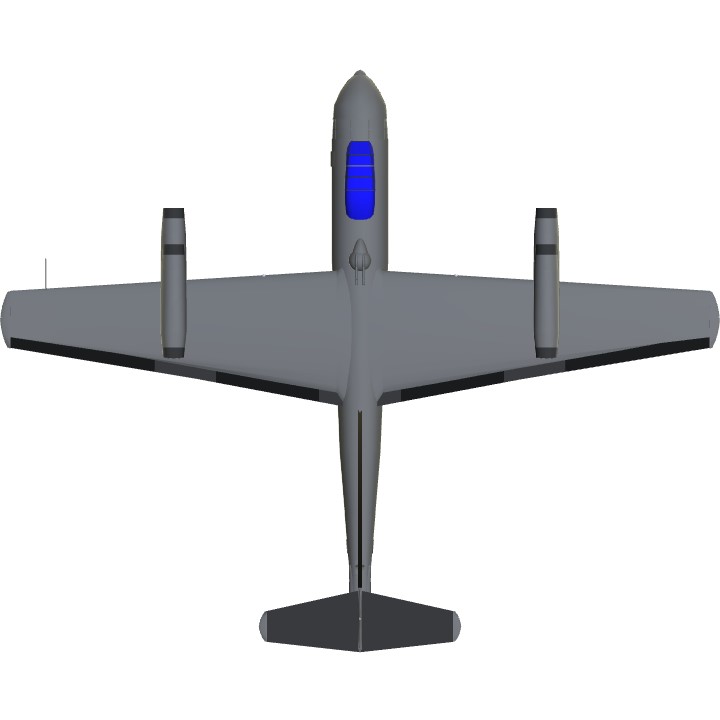
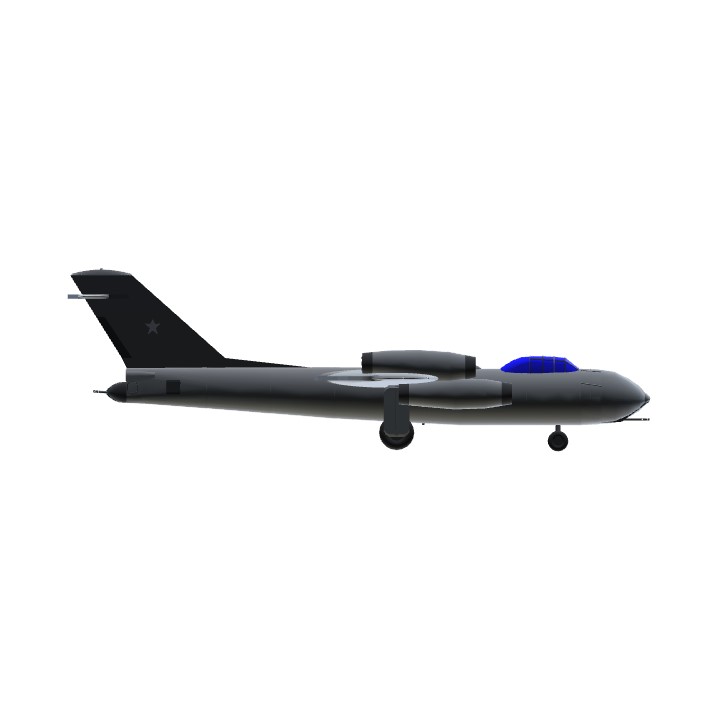
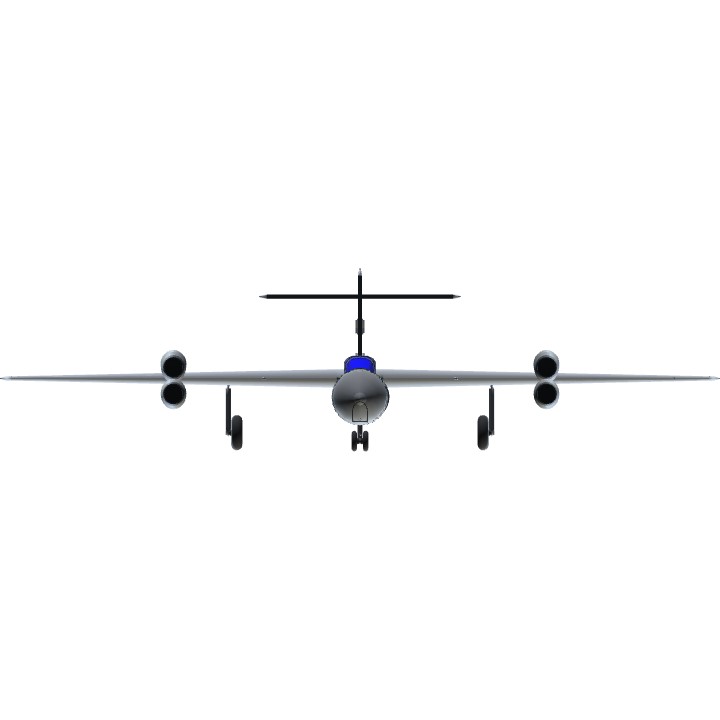
@XEPOH , Thanks for your upvote .
@nadvgia It's a plane that I reproduce only once on Simple Plane, and very ... just. A Russian plane ....! ..snake 🐍 ! And it's not a cobra . He will land soon .
@Trainzo I can only think of the p-39 airacobra which is not a snake name ;p lol so it is a mistery..
@nadvgia , Hello how are you ? Search a Russian plane who may have a
name of snake ..... You will discover may be the mystery plane .
@Trainzo I can't figure it out..i'll wait for it ;)
@nadvgia , Hello , soon new plane . A very venomous snake ......... and very difficult..... to train .
@aplayer , @BogdanX , @DJS8Corporations , thanks for yours upvotes .
@nadvgia , I forgot , thank for you upvote .
@nadvgia , Hello, thanks for test comments . Takeoff with shutters at the bottom and half a step of trim .
@Trainzo Wow i never saw this Su-10 before, a red star sekret aircraft. I think it is a bit hard to take off imho, not sure if the pitch wing is good enough, all the aircrat regarding its shapes are just the way it should :) nice one!
@AircraftoftheRedStar , thank for you commentary .
@Tang0five , thank for your upvote .
Very accurate!! One of my favorite Sukhoi designs!!
👍
@SakuraSaku , thank for you upvote .
No worries!@Trainzo
@Toooooomp , thank for you upvote .
@Sgtk , thank for you upvote .
@SodiumChloride , thank for you upvote .
@nadvgia , The new Sukhoi has arrived . Give me your opinion .